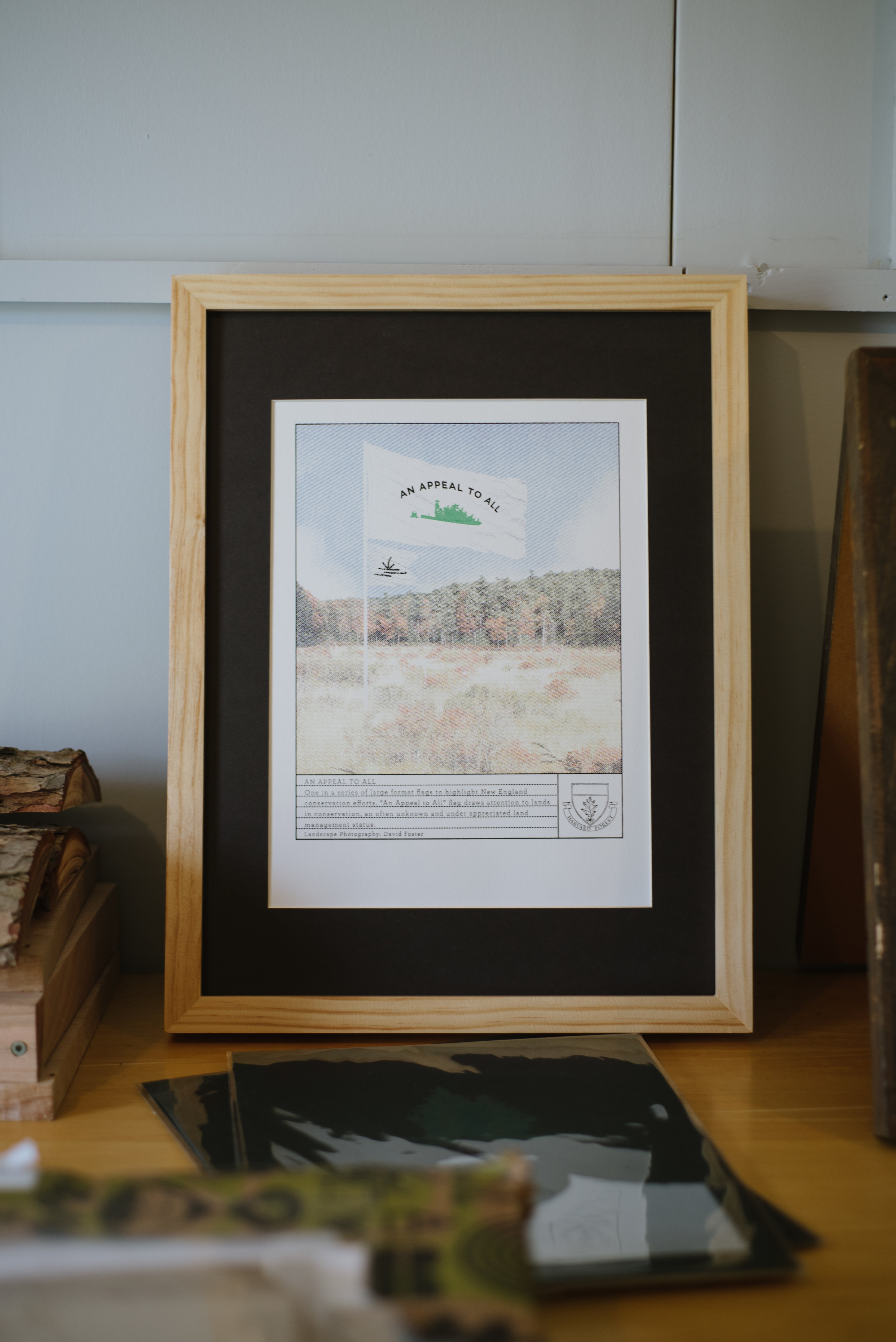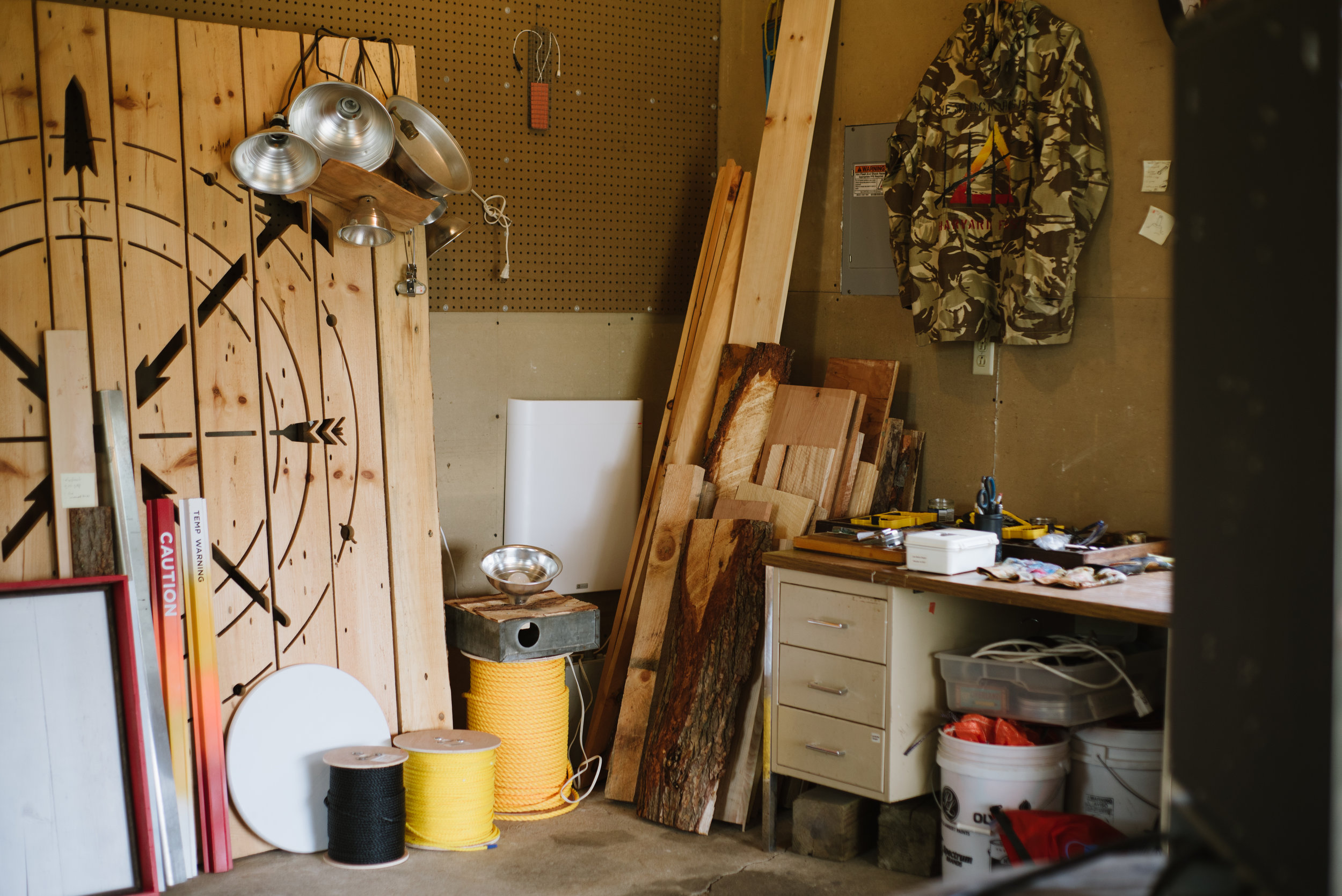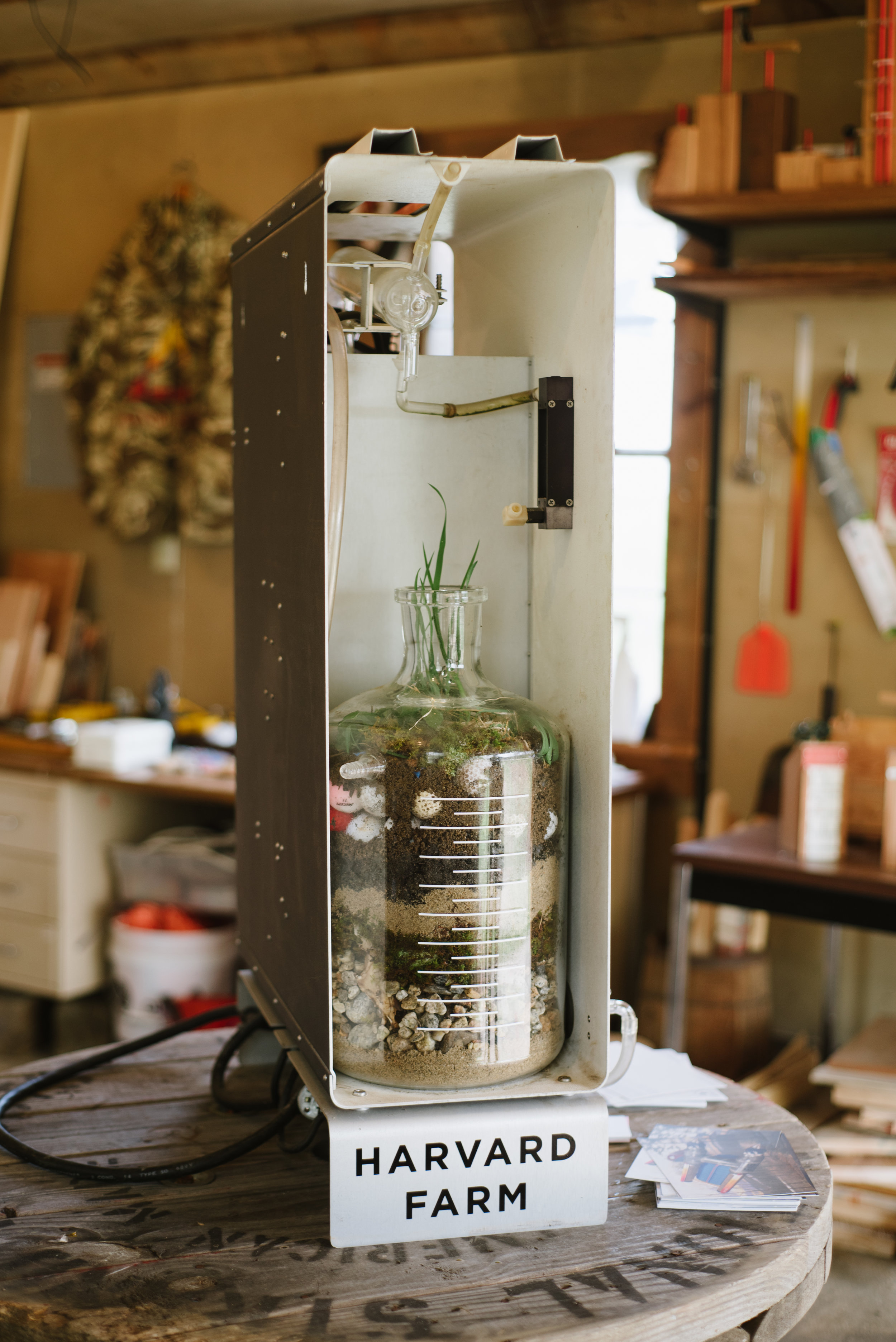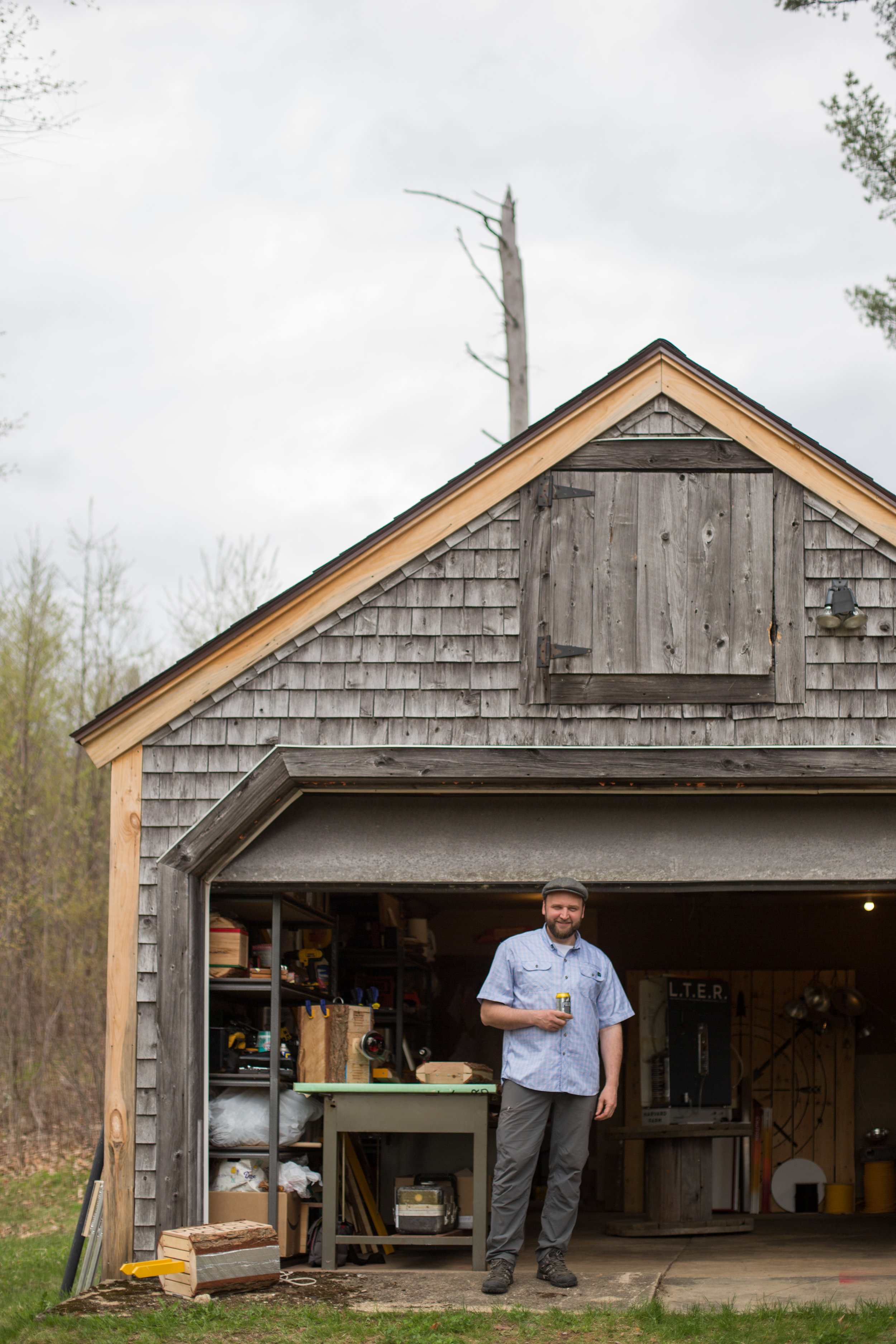Art in the Forest
Art in the Forest
Words by Ashley Herrin
Photos by Jenn Bakos & Ashley Herrin
Merging Science and Art to Bring Ecological Awareness to the Public.
How will the New England landscape look in fifty years? How will the flora and fauna of the region change with the impacts of decisions that are made today?
These are big questions, questions that are best left to scientists and researchers. And yet, when they do answer the above questions, we, the general public, are left with a bit of a misunderstanding. Frightened by scientific words and the unknown, how can we truly grasp the problems at hand? In today’s climate, political and otherwise, the urgency to have the public understand the importance of ecology and ecological awareness has become of growing concern. Our children and grandchildren’s future depends on it.
With this problem at hand, there has been a growth in science communication collaboration. By scientists and artists/designers joining forces, ecological issues can be communicated and digested by a now-informed public.
This is where David Buckley Borden comes in. David is an interdisciplinary artist and designer who is currently in the midst of a year-long artist-in-residence program at Harvard Forest in Petersham, Massachusetts. In a nutshell, David’s task is to bridge the communication gap between science and the public through his art installations.
The Harvard Forest is comprised of 4,000 acres of land, owned and managed by Harvard University. In operation since 1907, the property includes one of North America’s oldest managed forests. In 1988, the Harvard Forest was designated as a Long-Term Ecological Research Site; the site of long-term observation and monitoring of impacts on New England’s natural ecosystem. The property is also the home of The Fisher Museum, open to the public and offering exhibits on current research as well as a series of (very impressive) dioramas portraying the history and conservation of the region’s woodlands. Additionally, Harvard Forest is equipped with research facilities, scientists, students and collaborators (such as David), all actively researching the impact that human and biological systems have on the forest. Their goal is to ultimately monitor how the New England landscape will change over the decades and what forces have impacted it.
David has been brought to Harvard Forest through the Charles Bullard Fellowship program. A program which connects artists with the forest, the scientists and the researchers who work there, for a year-long residency to create artwork through collaboration that speaks to the ecological issues at hand. Realizing that they need to reach folks beyond the science community, Harvard Forest has been increasingly using the Bullard Fellowship to bring in creative types. Through the course of the year, David will live on site and collaborate with the lab groups and particular scientists in order to develop work that reflects their research. The year-long fellowship will come to a close in Fall 2017 with an exhibition open to the public. The event will display David’s mixed-media talents and feature not only the larger installation pieces, but also silkscreen prints, drawings and sculptures.
David’s work at Harvard Forest merges his unique style with largely repurposed material from the land and eco-trash (aka eco-debris)… leftover materials from the field experiments. The work that David had on display at the open house utilized vibrant colors that one might see in hazard or bio-safety signage. The use of bright colors is intentional – it creates not only high-visibility pieces but also brings increased awareness to the pieces themselves… a visual metaphor that we need to pay immediate attention to ecological and environmental issues.
Overall, his current installations and in-progress work have largely focused on three distinct research topics. The first, Hemlock Hospice, focuses on the decline of the Hemlock groves in Harvard Forest. The second focuses on the Landscape Futures Project, which largely does scenario planning and planning for the future; what kinds of decisions can we make today that would have a long-term impact? The third project focuses on creating signage in the woods that communicates certain issues in a bit more playful way, such as a pressing crisis (ie: Environmental Threat Level sign) or everyday phenomenon (ie: Tick Checkpoint installation).
Outside of the Harvard Forest Fellowship, David’s work continues to communicate science issues. When asked what inspires his work, “the umbrella of my practice is really trying to make environmental issues accessible. Generally, that’s the big why of what I do. And really, I want to make it culturally relevant and try to build cultural cohesion around environmental issues. It’s not that people don’t care, they just don’t know enough to care…. and in order to make that cultural shift you really just need to make people aware.”
No easy task, David has created work that helps communicate some of the greatest environmental issues at hand. He has successfully bridged the communication gap between science and the public through his sometimes playful, sometimes serious art pieces. His work has helped to shed light on the serious issues Mother Nature is facing and how our interactions with the land will have lasting effects on the regional and national landscape.
To learn more about David and his work, visit www.DavidBuckleyBorden.com.




















